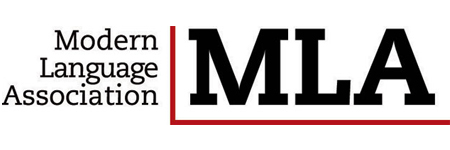An Analysis of the Theme of Face in Virani Baba’s Works
DOI:
https://doi.org/10.24082/abked.2016.14.005Keywords:
Virani, Hurufism, face, Quran, al-Fatihah, humanAbstract
One of the basic characteristics of the Behtashi literature is “glorification of human being”. This characteristic is one of themain differences between Bektashi and other group literatures. “Face” plays a large part in glorification of human being. Bektashism and Bektashi literature came under the influence of Hurufism with Seyyid Nesimi. Virani Baba, one of the seven major representatives of Bektashi literature, was also a Hurufi poet. Because of the fact that he wrote his poetry mostly in the style of folk poetry, his influence on Bektashi poets was probably as big as Seyyid Nesimi’s influence. In his poetry, praising Ali and the Twelve Imams has an important place. The themes of face and human being are among significant themes he wrote about. On the human face there are seven lines: four eyelashes, two eyebrows and one hair. The structure of universe consists of four elements (air, water, earth, fire). Seven multiplied by four equals twenty-eight (28) - and sometimes thirty-two (32; Abjad numerals). This number presents the number of letters in Arabic alphabet and, as is known, Quran is written in the Arabic language. Also, face is al-Fatihah because the number of face lines is equal to the number of verses (“ayat”) in this chapter (“surah”). Face is sacred because it is al-Fatihah and Quran; also, it is Kaaba and Qibla. For this reasons, “sajdah” must be done to a face or a human. Those who don’t do that are devil… This paper analyzes the beliefs on face in Virani’s works and the influences of these beliefs in the Bektashi literature.








